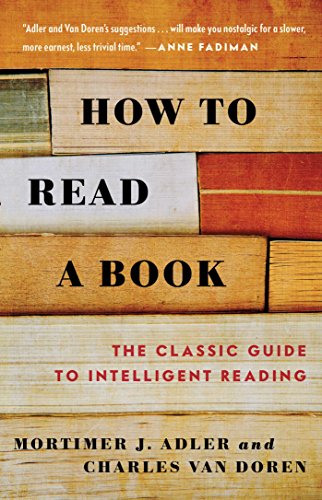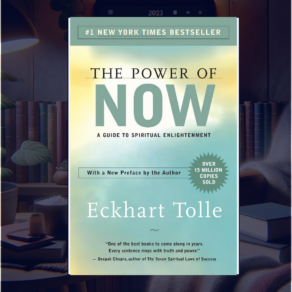“How to Read a Book” by Mortimer J. Adler and Charles Van Doren is a comprehensive guide that seeks to educate readers on the various levels and techniques of effective reading. Published initially in 1940, the book has become a timeless classic in the realm of reading and comprehension strategies. The authors break down reading into different levels and stages, and offer specific advice on how to approach different genres.
At its core, the book explores four levels of reading: elementary, inspectional, analytical, and syntopical.
Elementary reading, also known as rudimentary reading, is the basic level most people achieve during their early education. It is the level of understanding the words on a page and being able to follow a straightforward narrative or argument.
Inspectional reading is a more advanced stage, often referred to as skimming or pre-reading. This level is about getting the most out of a book within a limited timeframe. It involves looking at the title, preface, table of contents, and chapter headings to get a broad overview of the content. The authors suggest that readers also dip in and out of the book, reading passages from the beginning, middle, and end.
Analytical reading is a more in-depth level of understanding. It requires taking the time to thoroughly understand, interpret, and engage with the text. It involves classifying the book, summarizing its main points, and critiquing its arguments. Adler and Van Doren emphasize that analytical reading is not passive; instead, it requires active engagement with the author’s ideas and questioning of the material.
Syntopical reading is the most advanced form of reading, involving the comparison and analysis of multiple books on the same subject. The goal is to understand a subject from different viewpoints and create a synthesis of the material. This requires being able to organize the themes and arguments from various sources and critically assess them.
The authors also delve into different strategies for reading specific genres, including practical books, imaginative literature, plays, poetry, history, science and mathematics, philosophy, and social science works. Each genre requires a different approach; for example, imaginative literature needs to be experienced, while scientific books need to be understood analytically.
Furthermore, “How to Read a Book” provides guidance on how to critically judge a book by its cover and ‘X-ray’ it, or ascertain its essence, by inspectional reading. This involves understanding the book’s scope, its main themes, and the structure of its argument. The authors stress that readers should try to understand the author’s intention and the message they are trying to convey.
The final sections of the book provide practical applications of the methods it espouses. This includes a list of recommended readings from various genres, along with a series of tests for readers to evaluate their progress in reading comprehension, speed, and skill level.
Adler and Van Doren have created a guide that, far from being just about reading, is about learning how to learn. They assert that developing these reading skills can greatly improve an individual’s self-education capabilities, enabling a lifetime of enriched learning and understanding.
Book Club Questions
Here are some thought provoking questions around the book How to Read a Book:
- How has “How to Read a Book” changed your perception of reading? What insights did you gain that you didn’t have before?
- The authors outline four levels of reading: elementary, inspectional, analytical, and syntopical. Which level do you usually read at? Has the book inspired you to attempt a higher level of reading?
- According to Adler and Van Doren, different genres require different reading techniques. Do you agree with their approach? Why or why not?
- The authors suggest that you can “judge a book by its cover” and also “X-ray” it. Have you ever tried these strategies before? If so, how effective were they?
- The book places a strong emphasis on analytical reading as a means to actively engage with the text. Can you share an example of a book you read analytically and how it differed from a more passive reading?
- In terms of syntopical reading, or comparing and analyzing multiple books on the same subject, have you ever used this approach? If so, how did it change your understanding of the topic?
- How might the strategies outlined in this book change your approach to reading different genres, such as history, science, literature, or philosophy?
- How practical did you find the recommended reading list and the reading tests provided by the authors? Will you incorporate these in your future reading?
- Adler and Van Doren assert that developing the reading skills outlined in the book can improve an individual’s self-education capabilities. Do you agree? Why or why not?
- How has reading “How to Read a Book” impacted your understanding of the importance of reading in general, and do you think it will change the way you read in the future?
I hope you find this How to Read a Book summary helpful!







